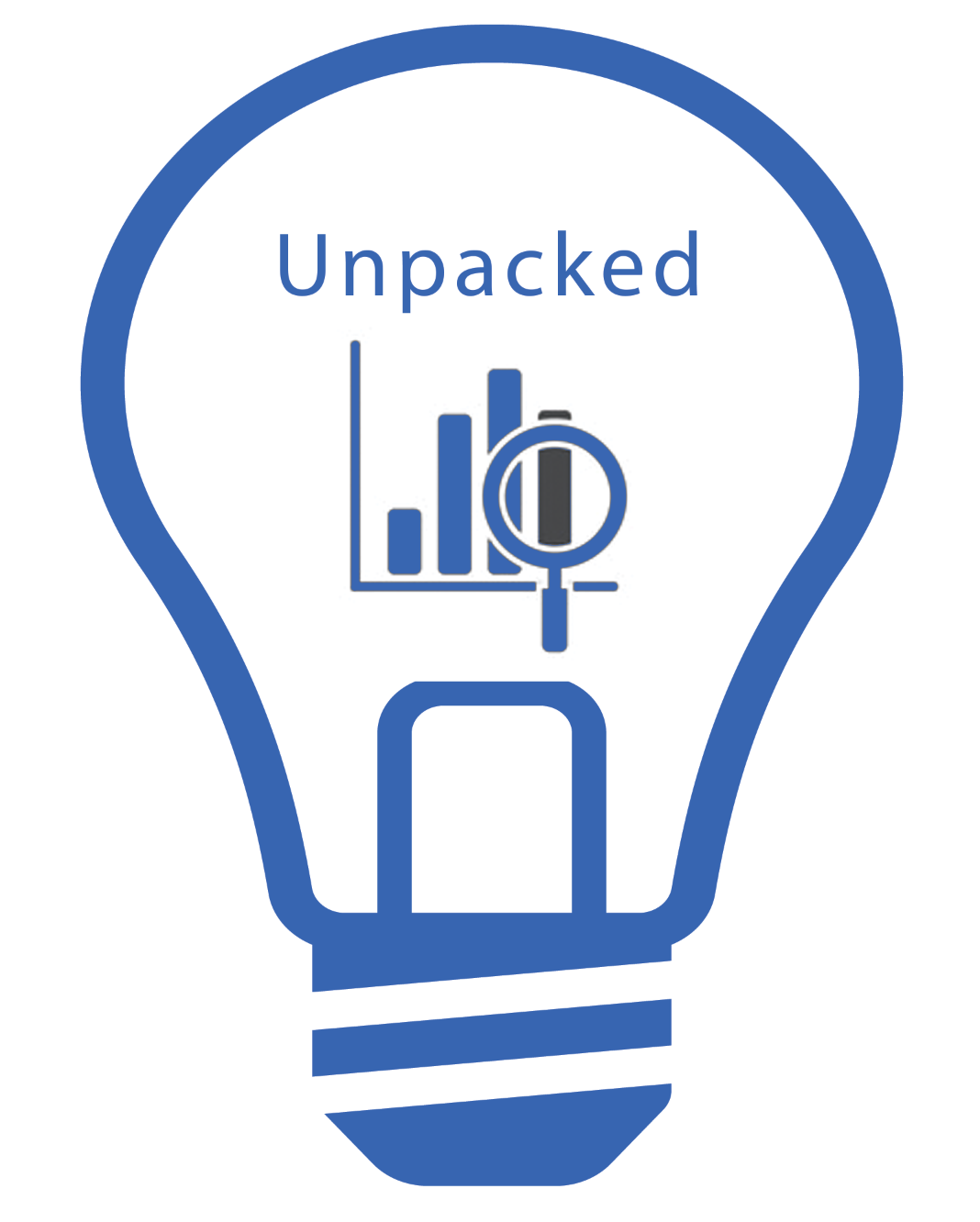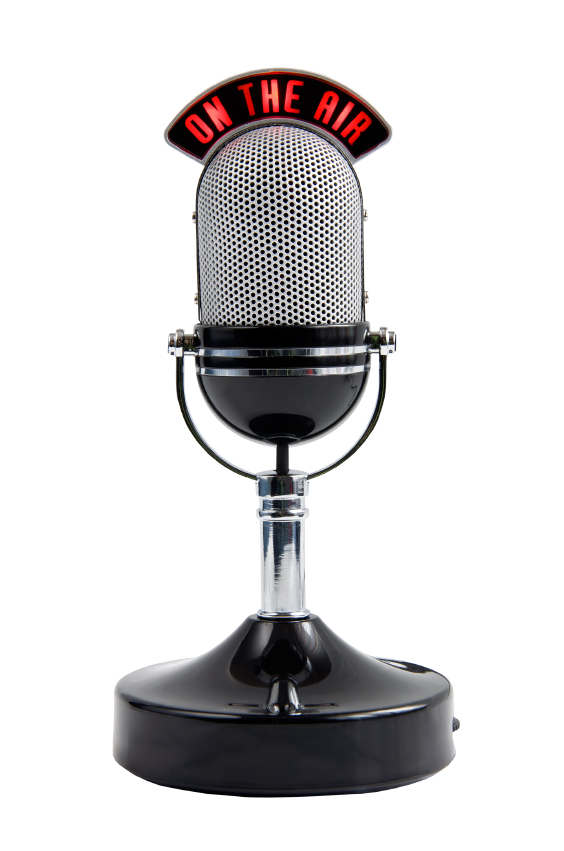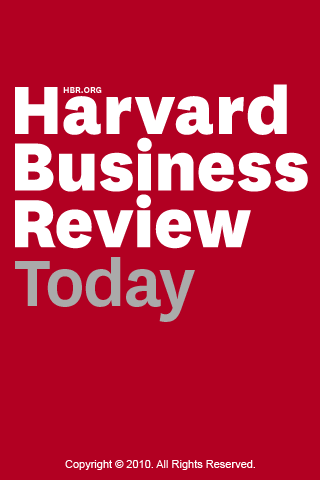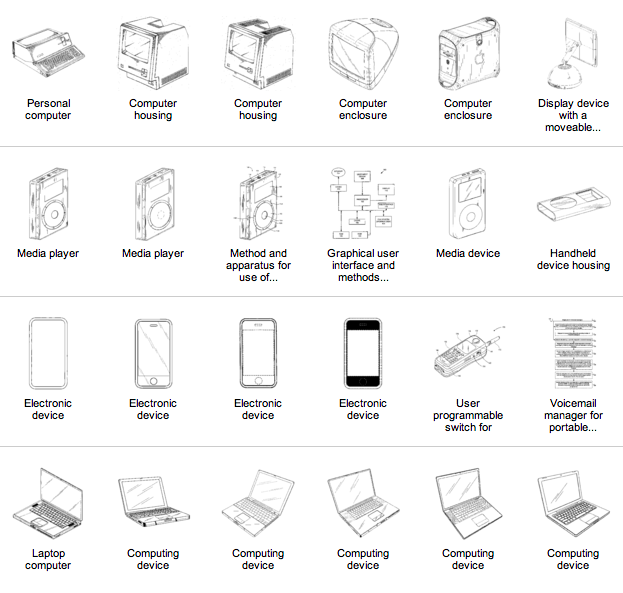HTC Introduces new High-End Smartphone Family – By Carolina Milanesi
On Thursday, HTC announced two new smartphones: the HTC U Ultra and HTC U Play. Positioned as the new flagship, the U line adds to vs replaces the One line. HTC is clearly using these two products to reposition the brand and is using every buzzword and feature of the moment to do so: all-glass design, second screen for notification a la LG V20, no audio jack a la Apple (and Moto and LeEco), HTC Sense Companion (which is, of course, labelled as AI), and most importantly, being all about U, the user. The marketing team has had some fun with the press release, although I am not sure if it will help you get all the specs.
HTC has always had great products, both from a quality and design perspective. Sadly, over the past few years, that has not been enough to save it from declining market share, especially in markets such as the US where it used to be a strong number three player. This is because good design and quality are no longer enough to get consumers’ attention and money. Brand matters and HTC over the years lost its sense of self. When HTC transitioned from an OEM to an ODM, it was regarded as the trusted brand of the professional user. Rather than capitalizing on that at the moment when professional users were getting the smartphone they wanted in the enterprise, HTC decided it needed to be cool for a younger segment which lead it to look at other opportunities such as Facebook and what became the HTC First. As the brand failed to win any favors among millennials, marketing went full steam ahead with the big Robert Downey Jr. investment. Sadly, another failure. From marketing, the focus shifted to services; also not something consumers saw as a differentiator. Finally, they scaled back on everything but the hardware just over a year ago delivering a much cleaner experience.
With the U, I feel they are bringing everything back in one line: the good, the bad, and the ugly. The good remains the hardware. Sense Companion sounds like an assistant not even worthy of the name, coupled with the exact AI-washing I mentioned in my article this week. And the ugly is certainly the marketing.
Catchy lines will not sell phones, especially phones priced at $750. Such an early announcement for products that will not be selling until after Mobile World Congress leads me to believe there will be more to see from HTC before these devices even hit the stores. I was hoping HTC was taking time to regroup and come up with a sustainable, long-term plan, especially after delivering Pixel which is so highly regarded. I was mistaken.
PC Shipments Stumble but Turnaround is Closer – By Bob O’Donnell
The PC market faced another challenging year in 2016, as both IDC and Gartner reported the fifth annual decline for the category in separate news releases this week. The numbers vary between the two firms because of how they count Chromebooks and convertibles, but the tally is likely between 260 and 270 million—a 100 million unit drop from the peak of 365 million units in 2011.
On the surface, this looks quite bad and, for many smaller players in the industry, it is. But it’s a different story for the largest PC providers. Market leaders Lenovo, HP and Dell accounted for just under 60% of the total in Q4 of 2016, up from about 56% just a year ago. All three companies experienced year-over-year growth in the final quarter. HP and Dell also enjoyed year-over-year growth for the entire year. Apple and many smaller companies on the other hand, including Acer, Asus, and the “whitebox” market all faced declines, some of which were rather large.
Another interesting part of the story is that average selling prices for PCs (at least in the US) have been rising. What this strongly suggests is that, while the total number of people who want and are still buying PCs may be declining, their interest in and willingness to pay for PCs is growing. Given that total Q4 numbers were down just 1.5% year-over-year, according to IDC, this could certainly suggest a flattening and restructuring of the market. Moving forward, we’re likely to see a more rationalized (i.e., smaller) PC market, but one that features nicer machines from a smaller set of suppliers.
This view certainly seems to fit all the renewed interest and energy the PC market has been experiencing lately. Between growing interest in higher-end gaming PCs equipped with high-quality GPUs from nVidia and AMD, along with growing interest in convertibles, 2-in-1s and other interesting form factors, and a potentially interesting renewed CPU performance battle between Intel and the reinvigorated AMD (thanks to their forthcoming Ryzen CPU), there are actually quite a few interesting developments happening in the PC market in 2017. Throw in some attention-grabbing new PCs from numerous vendors at the recent CES show and a clearly established Microsoft Surface hardware business, and there’s actually quite a bit to be excited about in the PC market, even in spite of these tough sales numbers.
Amazon to Create More Than 100,000 New Jobs across the U.S. over the Next 18 Months – by Jan Dawson
This is just the latest in a series of announcements from major tech companies (not to mention car companies and others) about job creation in the US in the run-up to the inauguration of Donald Trump as US President in a week. The timing here is no coincidence – Amazon was a favorite target of Donald Trump during the election campaign and clearly feels the need to defend its US job-creating credentials more acutely at the moment.
What Amazon has promised is to create 100,000 new jobs in the US in the next 18 months, on top of the 180,000 employees it already has in the US. Amazon claims these jobs will run the gamut from entry level first jobs all the way up to highly skilled engineers working on cloud services, AI, and more.
It’s worth putting the numbers in context a bit. Amazon has created around 135,000 new jobs globally over the last 18 months and I estimate its US-based employees are currently around 57% of its total workforce, a number that’s held relatively constant over the last few years. Amazon has already been accelerating its hiring in the last couple of years, adding far more each year than the year before. So we can reasonably assume the 135,000 it added globally in the last 18 months would have grown substantially anyway, perhaps to 200,000 new jobs globally in the next 18 months.
In that context, 100,000 new jobs in the US seems very much in keeping with Amazon’s existing trajectory, rather than a dramatic increase or shift in focus from overseas back to the US. As such, the press release may well have been timed to coincide with the new administration but it doesn’t appear to reflect any change in existing policy at all. That’s not to say it’s not impressive that Amazon is employing this many new people in the US or that it isn’t already a massive employer here. But it should, in theory, take the wind out of the sails of anyone claiming this is a result of the recent election.
It’s also worth noting that, though Amazon touted the sheer range of these jobs, the vast majority will be low-wage fulfillment center jobs and not the high-paid engineers Amazon employs in much smaller numbers. These warehouse jobs are the key to Amazon’s continuing growth and they scale very much in line with Amazon’s overall global scale. Those jobs have also been criticized in the past for poor working conditions, so there’s a potential downside to go with the upside here as well.
Nintendo and the Switch – Ben Bajarin
Nintendo may have found its groove again. As of late, the company seems to be staying true to their values of quality and on premium gaming experiences with an unwavering commitment to maintaining their brand’s value. Nintendo could have done many things pundits said they should have done, but many of those things would have come at the cost of either commoditization or de-valued the premium experience consumers expect with Nintendo products.
It is true the Wii U was a dud, hardcore Nintendo fans, including me, were intrigued with the game pad’s display and use as an alternate screen. However, developers did not utilize its full potential, so the Wii U just ended up being a glorified Wii in the end. The Switch looks to learn from prior lessons as Nintendo has created what can best be called a hybrid gaming system. One that is both mobile and handheld, but also can be plugged into the TV allowing for the Joy Con motion controllers which make up the side handles and buttons of the mobile screen act separate from the main unit and act as the motion controllers when the device is plugged into a TV.
As mobile CPU and GPUs have gotten better, the idea of having a full game console quality experience on a mobile device. Nintendo is looking to capitalize on that vision with what is best described as a GameBoy + Wii in a single device. And at $300 US dollars, I expect the Switch to be a compelling product.
They are also looking to add a paid subscription to play online, something similar to XBOX Live from what I can tell.
Game consoles are not going away, yet, for a various number of reasons. They will remain niche, as they have hovered around 23-25% of WW consumers saying they own a game console. That number has not shrunk or grown much but has stayed relatively flat for many years. Which gives us the impression, that is about the size of the global game console market. At least for the foreseeable future. Not huge, but not small, and Nintendo plays a key role in that market.
I’m excited to get the Switch and share my experience and observations.





















